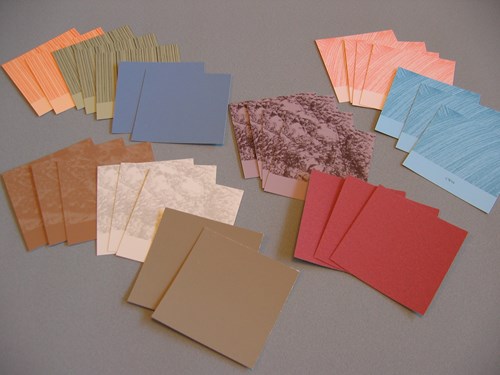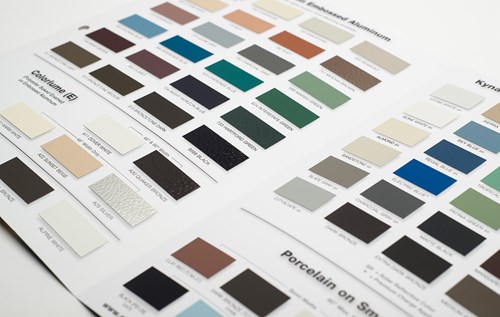Thinking Color has delved deep into the topic of color psychology over the last couple years. We have seen how different colors can elicit different emotions, cause subtle changes in mood, influence customers to make purchasing decisions, and create memories. Since our fall color predictions may have left some feeling a bit disappointed last week we figured this week we would try to determine the happiest color in the world.

You may be surprised to find out that psychology has a concrete answer to this question, and the answer is yellow. Yellow is widely recognized as the happiest color in the world and comes with a scientific pedigree to back up this esteemed honor.

Research has suggested two main reasons why yellow is considered the happiest color. Many studies have linked the psychological powers of yellow to the sun. Sunlight helps to lift our mood and improve our outlook on life as well as being the source of life on earth. This connection suggests that the brain is programmed to associate yellow with these positive effects of sunlight and stimulate the nervous system. The second reason scientists believe yellow has mood lifting effects is the ability of yellow to stand out from other colors in the spectrum. Studies have suggested that the ability of yellow to stand out from other colors helps to associate the color yellow with positive memories.

Marketers have seized on this scientific research and used yellow to link happy feelings and positive memories to products and companies. Think of all the logos that incorporate yellow within their design. The golden arches of McDonald’s and the smiling Walmart savings face are both strong examples of the power of yellow.
Despite some of the more ominous cultural associations of yellow such as caution, and cowardice yellow remains a powerful psychological force of good.






